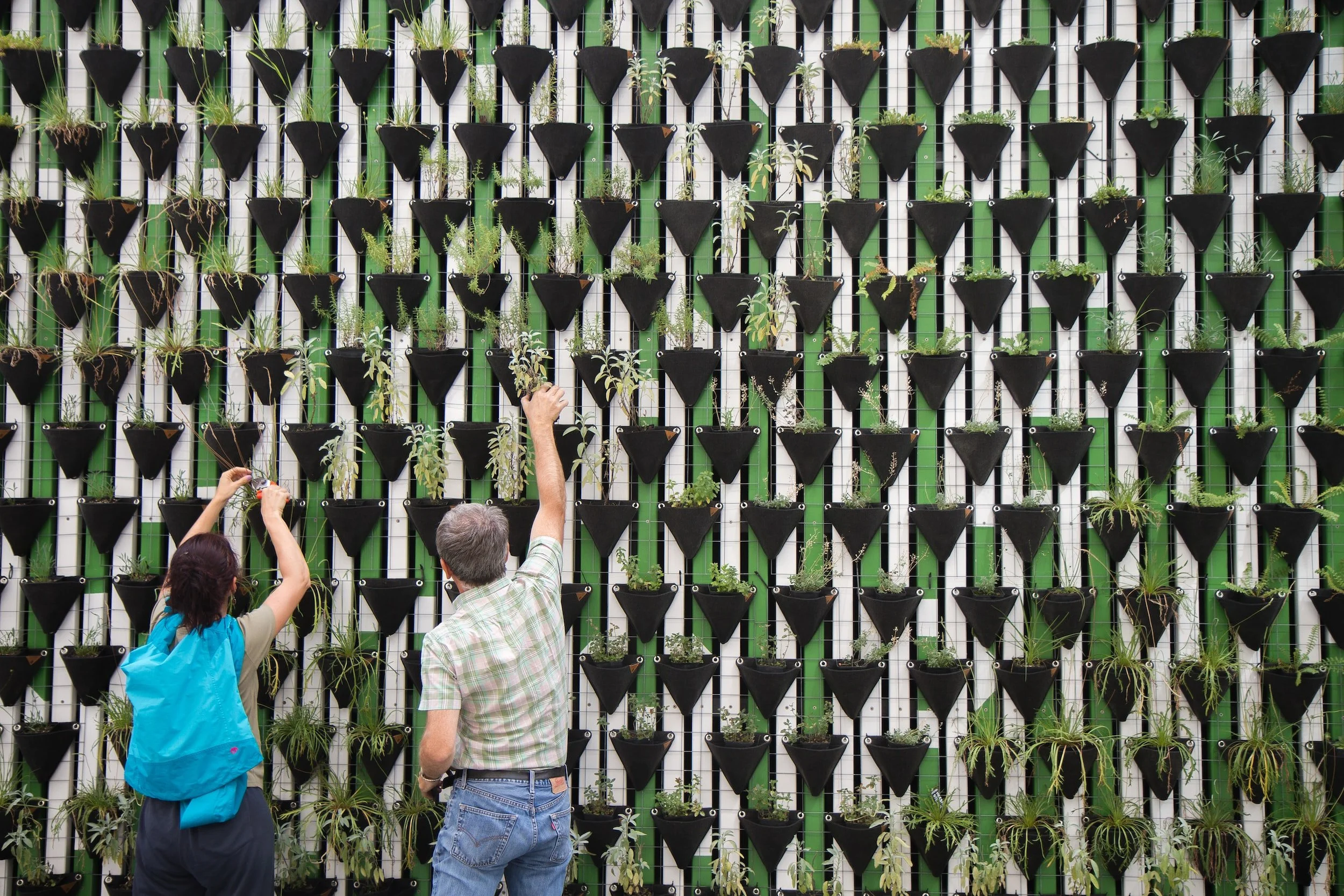Vertical Gardening Techniques
If you have limited garden space, you can still have a lush and productive garden by utilizing vertical gardening techniques. Vertical gardening allows you to grow more plants in a smaller area by using walls, fences, trellises, and other structures to support your plants. Here are some tips for maximizing your garden space with vertical gardening:
Choose the right plants: When selecting plants for vertical gardening, choose ones that are well-suited to climbing or trailing, such as ivies, grape vines, and climbing roses.
Plan your garden layout: Decide which walls, fences, or other structures you will use for your vertical garden, and consider the sun exposure, wind patterns, and moisture levels in each area.
Install support structures: Install trellises, wall brackets, or other support structures to help your plants grow vertically. Make sure the structures are sturdy and able to support the weight of your plants.
Grow climbing plants: Use climbing plants to create a green wall or to cover a fence. These plants can be trained to grow up a trellis or wall, and can provide a lush and attractive backdrop for your garden.
Utilize hanging baskets: Hanging baskets are a great way to add vertical interest to your garden, and can be filled with trailing plants, such as petunias or ferns.
Plant in tiers: Planting in tiers allows you to maximize your garden space by growing plants at different levels. This technique is especially useful for small gardens, as it allows you to grow more plants in a smaller area.
Harvest from the top: When growing vertically, remember to harvest from the top of your plants, as this will encourage new growth and allow you to maximize your yields.
By utilizing these vertical gardening techniques, you can create a productive and beautiful garden in even the smallest of spaces.

